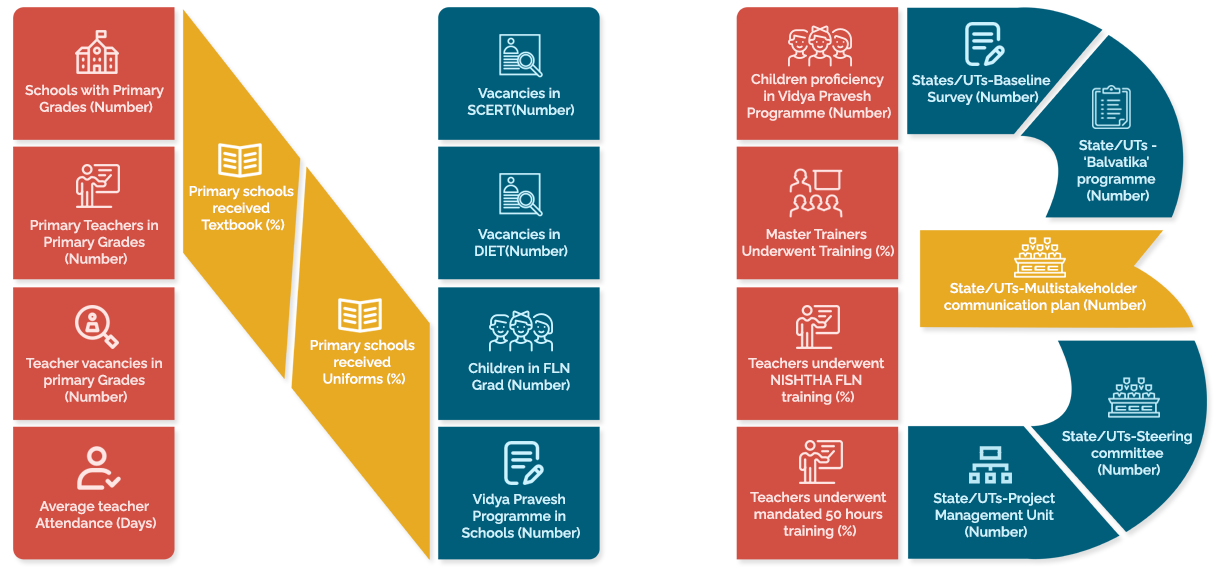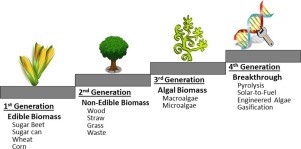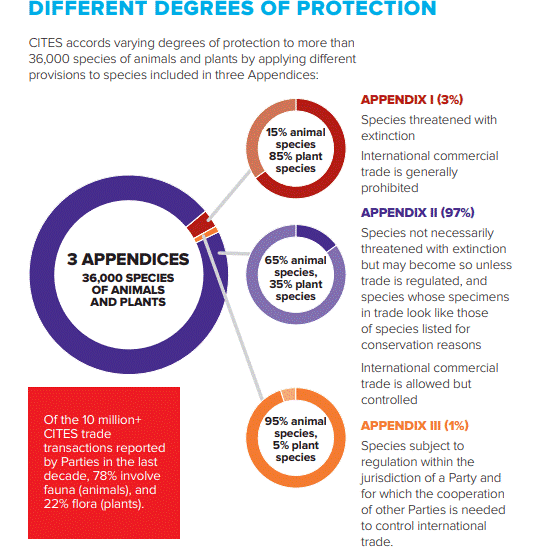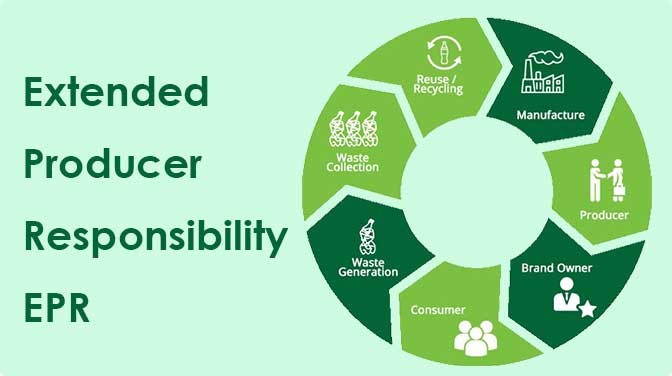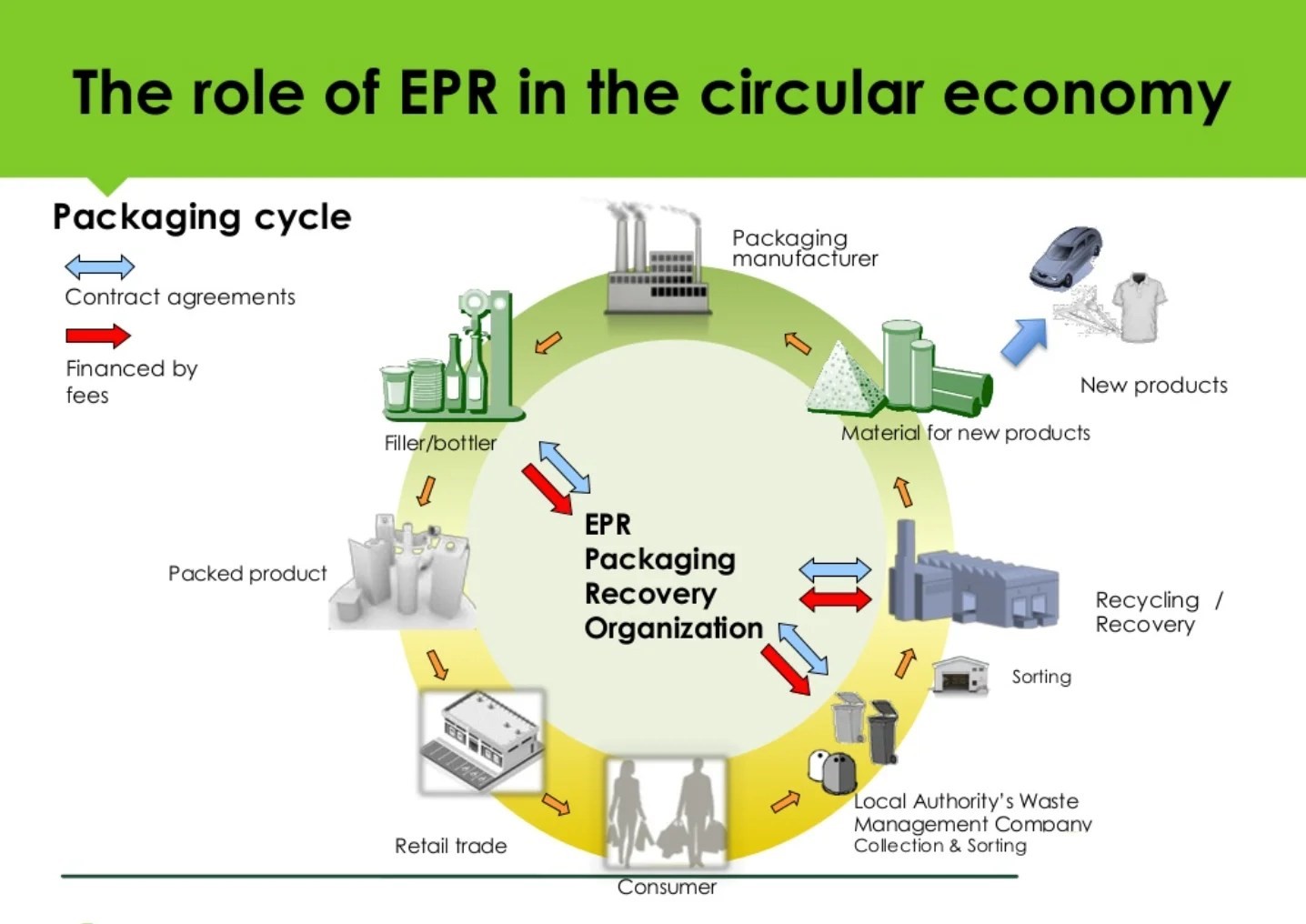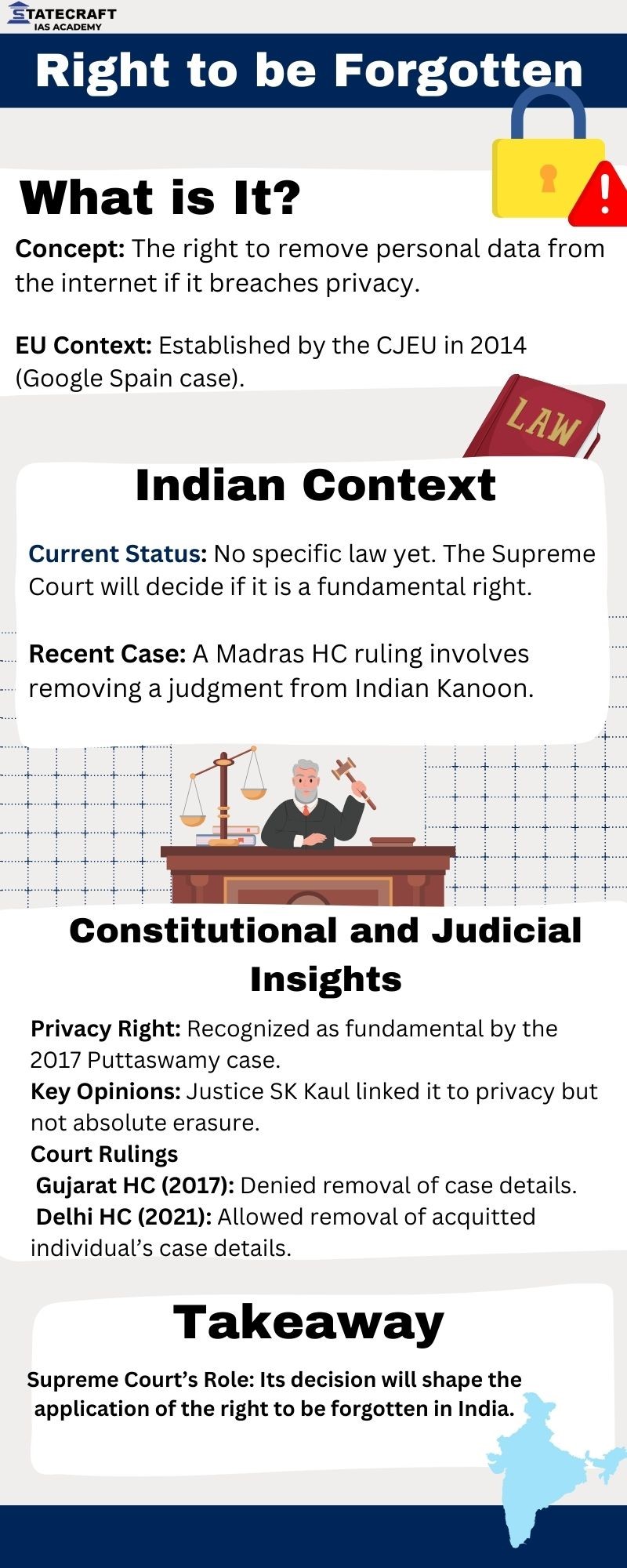1. NIPUN Bharat Mission and Educated Mothers
Background: The National Education Policy (NEP) 2020 emphasizes foundational literacy and numeracy (FLN) by Grade 3.To achieve this, the NIPUN Bharat Mission was launched in July 2021.
What is NIPUN Bharat?
National Initiative for Proficiency in Reading with Understanding and Numeracy
- Aim: Every child achieves foundational literacy and numeracy by Grade 3 (2026-27)
- Focus: Early grade learning (foundation stage)
- Key Components:
- Teacher Training: Aligned with new FLN goals.
- Teaching-Learning Materials: Designed for early grades.
- Focus on Foundational Stage: Framework released before others
Importance of Educated Mothers (Ages 4-8 Children):
- Rising Education Levels: Mothers’ education has significantly increased (ASER 2010-2022).
- National: 35% to nearly 60% studied beyond Grade 5.
- States like Kerala (72%), Himachal (54%), Tamil Nadu (43%) show high educational attainment.
- Underutilized Resource: Despite education, young women’s workforce participation is low (PLFS 2022-23).
- Unique Positioning: Mothers spend more time with children compared to working fathers.
Leveraging Educated Mothers for NIPUN Bharat:
- Mothers’ education can significantly support children’s FLN development.
- The pandemic’s school closures fostered parental involvement in education.
- Active participation of mothers is crucial to achieve NIPUN Bharat’s goals.
2. Biofuel production
CONTEXT: The shift from sugarcane to maize and damaged food grains as the primary feedstock for ethanol production in India is driven by several factors:
What are Biofuels? Biofuels are fuels derived from renewable biological sources like plants, algae, and animal waste. They’re seen as a cleaner alternative to fossil fuels. Common types: 1. Ethanol: Made from corn, sugarcane, or other plants. 2. Biodiesel: Produced from vegetable oils or animal fats. 3. Biogas: Generated from decomposing organic matter (like manure or food waste). 4 Generations of Bio-Fuels – |
Government Policies
- Ethanol Blending Program (EBP): Target of 20% ethanol blending in petrol by 2025.
- Higher Prices for Maize Ethanol: Higher ex-distillery price for maize ethanol.
- Restrictions on Sugarcane-Based Ethanol: Limits on cane juice and B-heavy molasses use due to inflation concerns.
Cost-Effectiveness
- Maize Availability: Steady supply from surplus and damaged rice, and maize.
- Multi-Feedstock Distilleries: Facilities can switch feedstocks based on availability and profitability.
Environmental Impact
- Reduced Greenhouse Gas Emissions: Cleaner-burning fuel compared to petrol.
- Waste Utilization: Uses damaged foodgrains and surplus produce.
Economic Benefits
- Increased Farmer Income: Boosts demand for maize and other grains.
- Domestic Industry Growth: Creates jobs and stimulates rural economic growth.
Energy Security
- Reduced Reliance on Imports: Decreases dependence on imported fossil fuels.
3. CITES Eases Agarwood Trade for India
CONTEXT: India secures exemption for agarwood from CITES’ stringent trade rules.
- Benefits: Lakhs of farmers, primarily in Northeast India, to gain from increased exports.
- Reason: Successful Non-Detriment Findings (NDF) study proving sustainable harvesting from cultivated sources.
- Challenges: Illegal trade persists; strict monitoring essential.
- Impact: Potential economic boost for region, but sustainable practices crucial
Agarwood and CITES
- Agarwood (Aquilaria malaccensis) is a highly valuable resinous wood and oil used in perfumes, incense, and traditional medicine.
- India proposed listing agarwood in Appendix II of CITES in 1994 due to concerns over its overexploitation.
- This listing was implemented in 1995, requiring permits for international trade
CITES: Convention on International Trade in Endangered Species of Wild Fauna and Flora.
- Aim: Regulates international trade in wildlife to prevent extinction
- It was signed in 1973 and has 184 Parties (countries).
Data · India is a major agarwood trading nation, with significant illegal trade reported. · More than 1.25 tonnes of agarwood chips and six liters of oil were seized in six Indian states between 2017 and 2021. · The NDF study provides a scientific basis for the decision to ease trade restrictions.
|
4. Plastic Waste Management in India: A Crisis
Problem
- Massive plastic waste generation: 4 million tonnes annually.
- Low recycling rate: Only 25% recycled.
- Unsustainable disposal: Landfills and littering.
Policy Response: EPR
- Extended Producer Responsibility (EPR) introduced.
- Plastic producers responsible for waste management.
- Online EPR trading platform for recycling certificates.
- Issues: Fraudulent certificates, hacking, delayed returns.
Challenges
- Ineffective enforcement: Lengthy legal process for fines.
- Focus on recycling: Neglects production reduction.
- Lack of sustainable alternatives: Limited options.
Way Forward
- Stricter enforcement of EPR rules.
- Promote plastic reduction and substitution.
- Develop robust waste management infrastructure.
- Consumer awareness and behaviour change.

